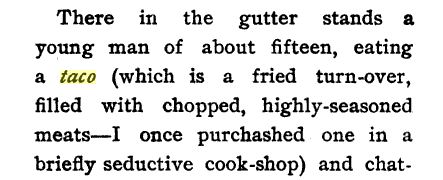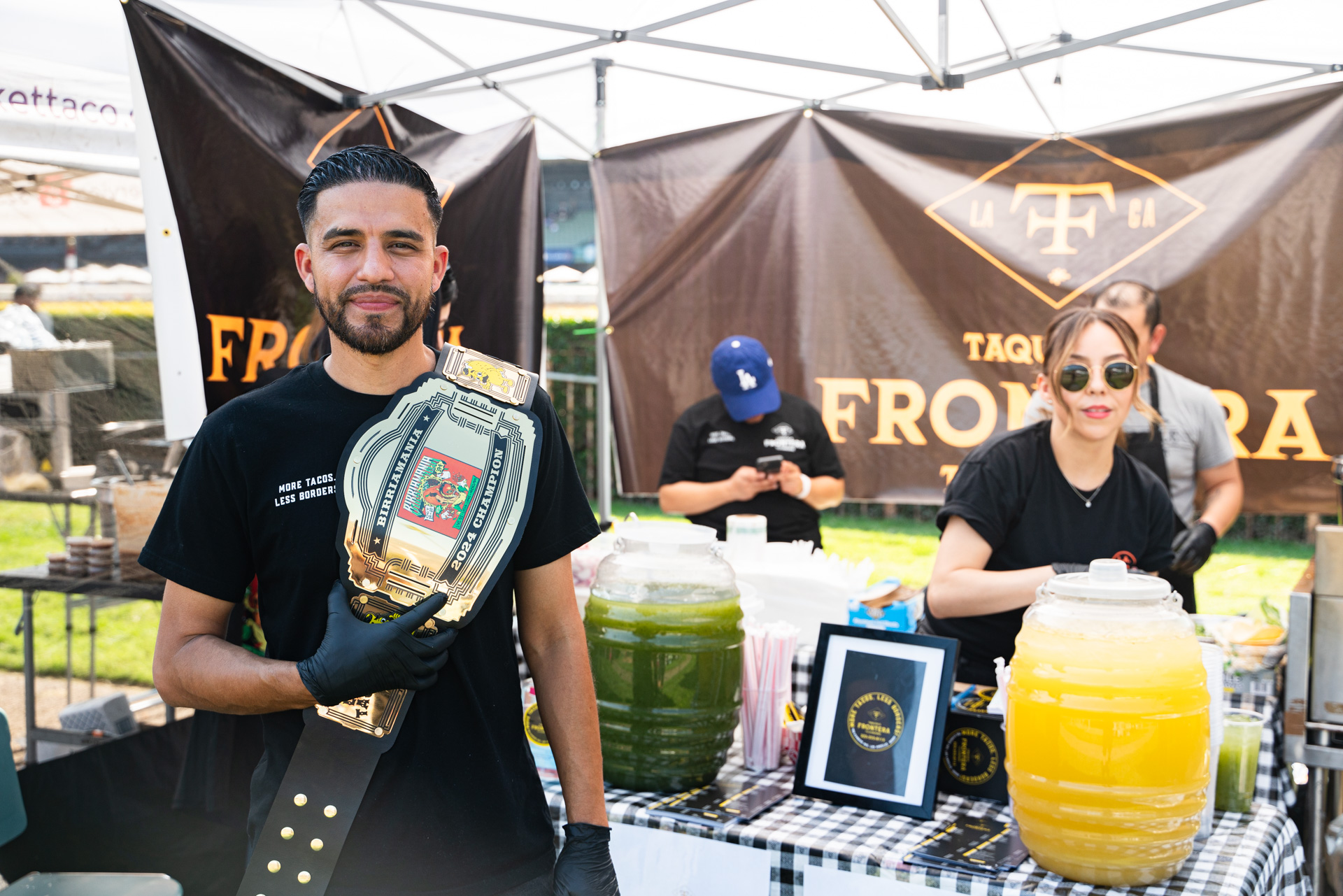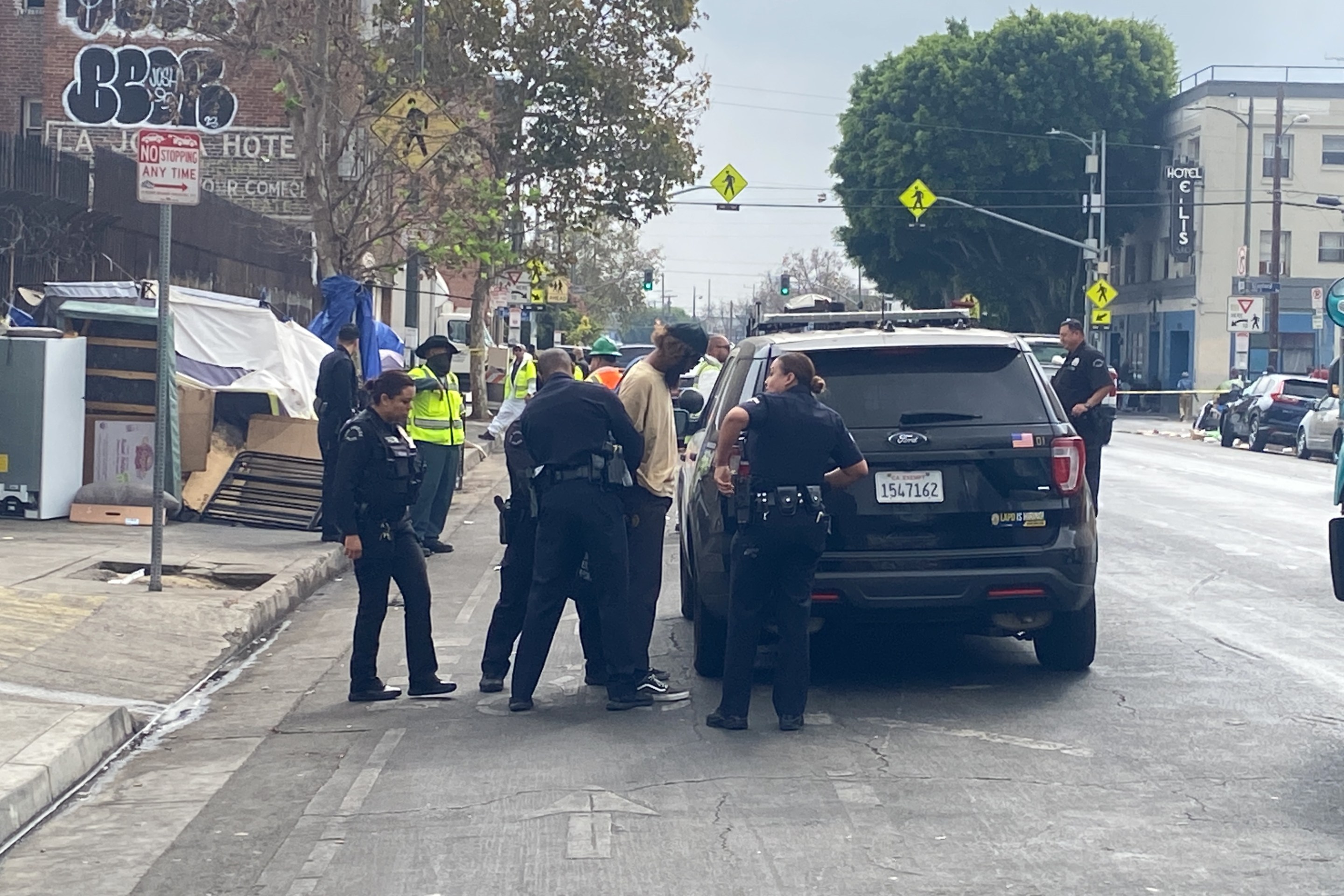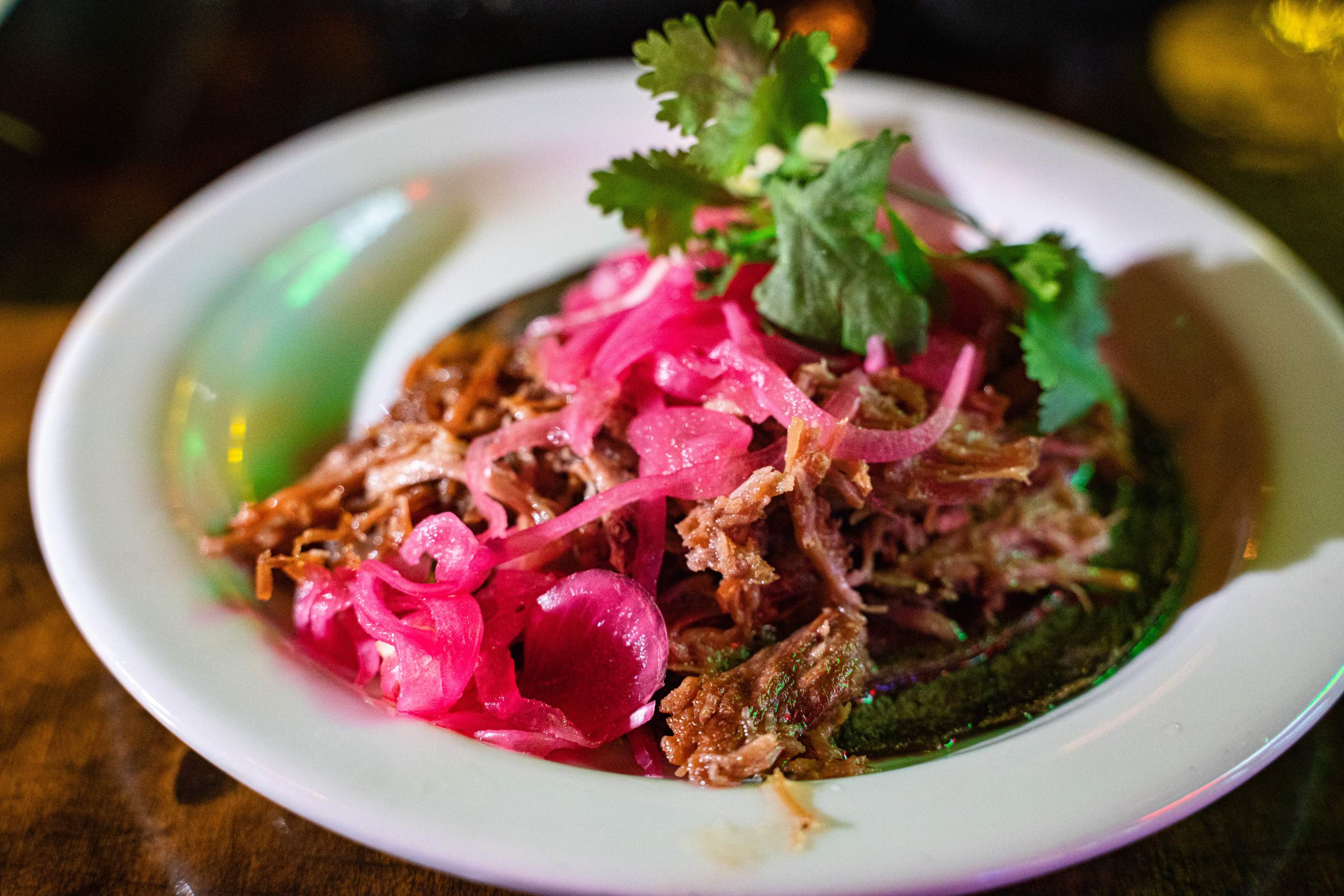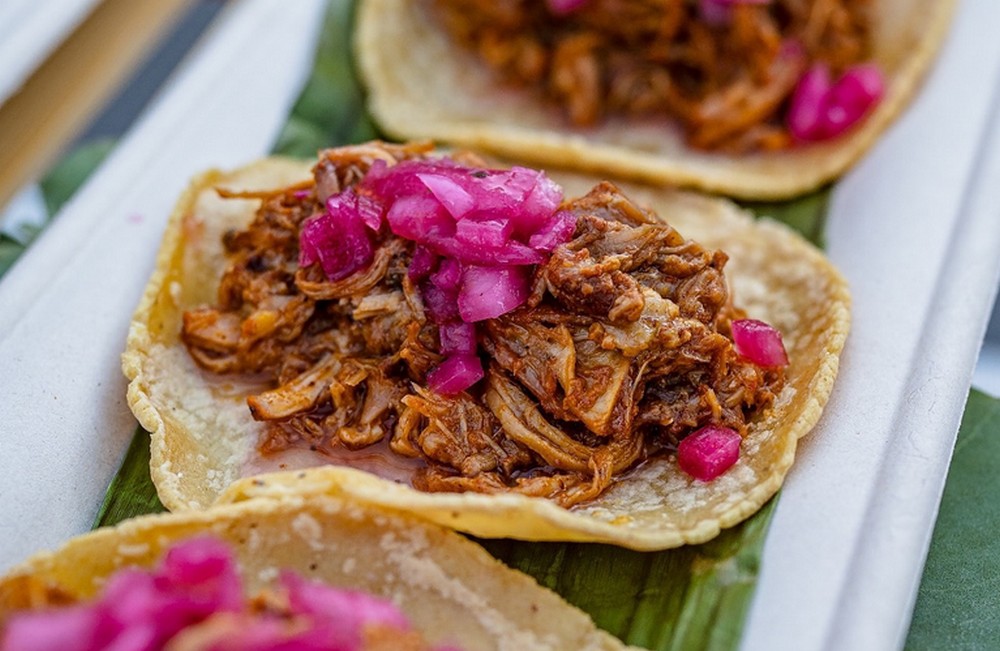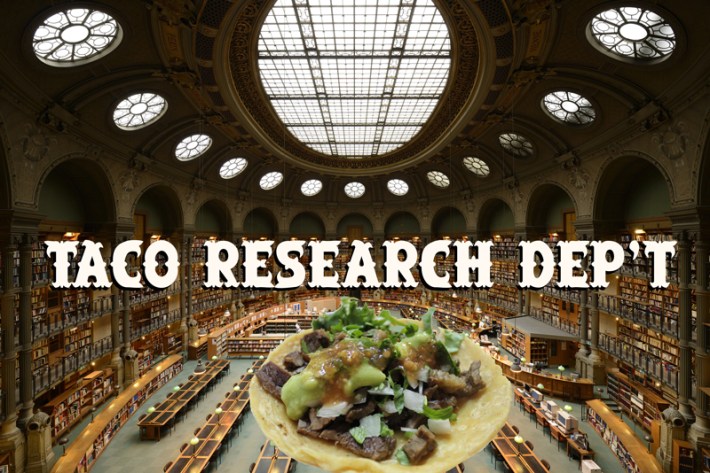
The above recipe is from the Castelar Crèche Cook Book. The Castelar Crèche was a "home for homeless babies" and the cookbook was printed to raise funds for the charity in the city of Los Angeles in 1922. And what of the recipe's author? Not much is known about Carlota L. Algara, except that at some point (possibly after this recipe was published, as she uses her maiden name) she married Eduardo J. Creel, son of wealthy Mexican businessman Enrique C. Creel and Maria de Los Angeles Elena Dolores Terrazas. The Creel-Terrazas family is an old and powerful family from Chihuahua, Mexico. Enrique Creel had to leave Mexico for the United States during the Mexican Revolution, but later returned and died in Mexico City in 1931. His father-in-law, who owned millions and millions of acres of land in Chihuahua is one reported to have said "No soy 'de' Chihuahua; Chihuahua es mío".
A different publication from 1914 is usually cited as the first appearance of a taco recipe in the United States. That was in the "California Mexican-Spanish Cookbook" by native Angeleño Bertha Haffner-Ginger, which included the following recipe for tacos:

It's worth noting that in 1905 the Los Angeles Times published a book of "Old Time California-Spanish-Mexican" recipes that included many tamale, enchilada and albondigas recipes, but makes no mention of tacos. The very first mention of tacos in English seems to be Olive Percival's "Mexico City: an Idler's Notebook" which was published in 1901 and excerpted in the Los Angeles Times a couple of years prior, according to Gustavo Arellano's Taco USA. Below is the first mention of 'taco' in print in the USA:
Non food definitions of taco remained for some time (and do today, although not in the United States). As late as 1920, the United States Bureau of Mines defined a taco as: "Tacos (Mex.) Stones in the bottom of an arrastre.". An arrastre, by the way, is "A rude apparatus for pulverizing ores, esp. those containing free gold".


